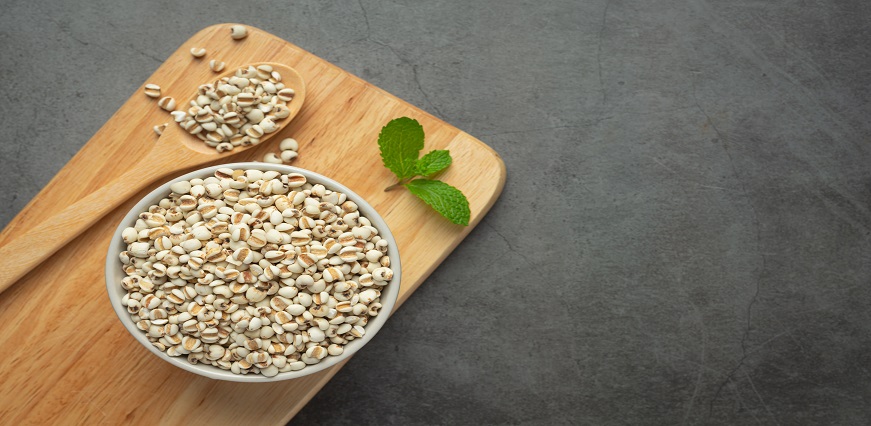Millets are small-seeded cereal crops that are widely grown around the world. They are among some of the oldest foods to be cultivated, with evidence of their use dating back 4,000 years ago to Ancient China. Today, millets are gaining more recognition for their health benefits and nutritional value. In this blog post, we'll explore what millets are and the various types of millets available, along with their associated benefits and nutrition.
What are Millets?
Millets are a type of whole grain that is often used in birdseed, but they have many benefits for humans as well. Millets are highly nutritious and contain fiber, vitamins, and minerals. They are also a good source of protein and can be used as a substitute for rice or other grains. Millets have a nutty flavor and can be cooked in several different ways.
Types of Millets
Different types of millet are available, each with its own nutritional value. Here is a list of some of the most popular types of millet:
1. Proso Millet: Proso millet is a small, round grain that is usually white or yellow in color. It is the most widely grown type of millet and is used mainly as birdseed or livestock feed. Proso millet is a good source of vitamins B1 and B2, as well as niacin and folic acid.
2. Foxtail Millet: Foxtail millet is another small, round grain, but it is reddish-brown in color. It is the second most widely grown type of millet and is used mainly for human consumption. It has a nutty flavor and is a good source of vitamins B1 and B2, as well as niacin and folic acid.
3. Pearl Millet: Pearl millet is the largest type of millet grain and is usually white or cream-colored. It is mainly used for human consumption and has a nutty flavor. Pearl millet is a good source of vitamins B1 and B2, as well as niacin and folic acid.
4. Sorghum Millet: Sorghum millet is smaller than pearl millet and has a black hull. It can be used for human consumption or livestock feed. Sorghum millet is a
Benefits of having Millet
Millets are a type of grain that is packed with nutrients and offers a range of health benefits. Some of the key benefits of including millet in your diet are:
1. Millets are a good source of complex carbohydrates which provide sustained energy levels throughout the day.
2. They are rich in fiber which aids in digestion and prevents constipation.
3. Millets contain essential vitamins and minerals like iron, magnesium, phosphorus, and potassium which are required for various body functions.
4. Including millet in your diet can help lower cholesterol levels and reduce the risk of heart disease.
5. Millets have a low glycemic index which makes them a good food choice for people with diabetes or those trying to lose weight.
With our offerings in line with government-mandated prices, Maxlab offers full body checkup packages that cover an exhaustive list of tests for a comprehensive diagnosis of your health. Choose from a range of health test packages based on your needs.
Nutritional Profile of Millets
Here is a look at the nutritional profile of millets and what they can do for your health.
One cup of cooked millet contains:
-188 calories
-4 grams of fat
-28 grams of carbohydrates
-7 grams of protein
-5 grams of fiber
-0 grams of sugar
-10% of the RDI for iron
-10% of the RDI for magnesium
-6% of the RDI for potassium
Millets are a good source of several nutrients that are important for health, including iron, magnesium, and potassium. They are also high in fiber and low in sugar. This nutritional profile makes millets an excellent food choice for people who are looking to improve their overall health or manage specific conditions such as diabetes or heart disease.
Conclusion
Millets are a great source of vitamins, minerals, and dietary fibre and are bursting with important elements. With the right combination of millets in your diet, you can enjoy a delicious meal that is also incredibly healthy. From pearl millet to foxtail millet, each type of millet comes with its own unique set of benefits and nutritional value. If you want to include more wholesome grains in your daily meals, then consider adding some high-quality millets for an extra boost of nutrition!













 7982100200
7982100200























 To reach our help desk call 9213188888
To reach our help desk call 9213188888.png)
Comments